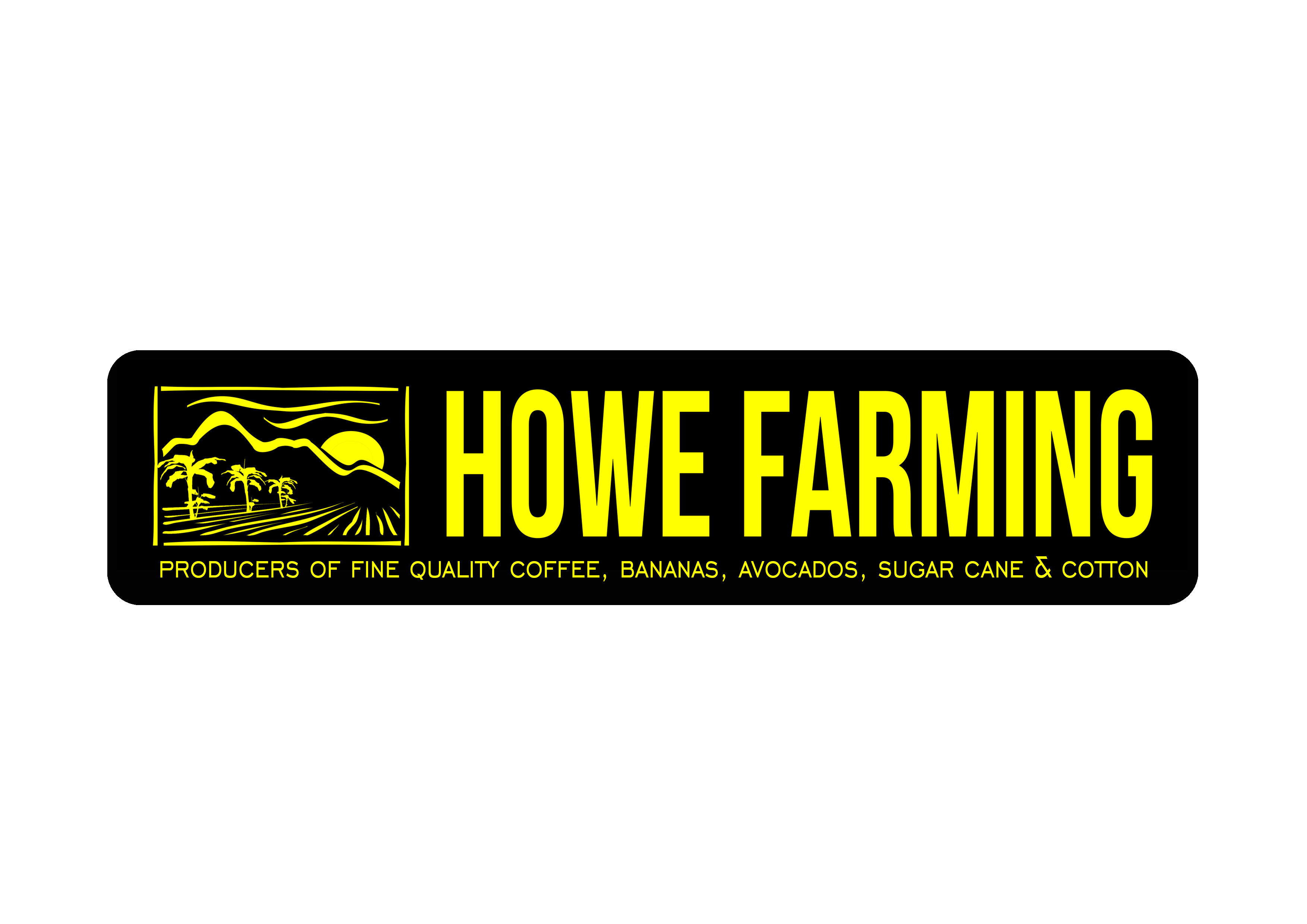Bananas with altitude
When the first banana harvest began in 1996, it was noted that the fruit was significantly brighter, larger and sweeter than other Cavendish bananas grown on the coast. This was attributed to the rich, volcanic soil and the high altitude (600 m above sea level) on which the farm was situated, and as such our “With Altitude” brands were born.
Warm, humid conditions are ideal for bananas, and thus, our busiest time for bananas is during the summer months. Production slows toward the middle of the year as the weather cools, however, we continue to harvest for 52 weeks of the year.
Our bananas are packed at three locations on the Atherton Tablelands – The Home Farm on Chewko Road, our Kay Road farm and our Steinhardt’s facility on the Kennedy Highway.
It takes a lot of work to grow a banana tree from a sucker (young banana plant) and produce a quality bunch. First, a de-suckering crew will go through the paddocks, selecting only the best suckers and removing the rest to allow maximum nutrients to be absorbed by the trees. The paddocks are carefully monitored by our in-house agronomist as well as third party specialists to ensure that they are receiving the correct amount of water and fertilizer all year round. Once the banana bell forms, our bell injecting crews treat it to protect the fruit from pest damage. De-leafing teams are regularly sent out to remove unnecessary leaves from the trees whilst ensuring that the bunches still have enough shade to prevent sunburn. The bagging crews then insert protective plastic sheets between the young banana hands and put a bag over the developing bunch.
After the bunch is bagged, it must be allowed to mature and fill out before the fruit can be harvested. Once it is ready, it is brought into the packing shed by our harvesting crews and the packing process begins.
The bunches are washed upon arrival to the sheds by passing through showers of water. The hands of bananas are removed from the stalks and then clustered into smaller pieces before they are graded in a trough of water. Once all of the defects have been removed according to our customer specifications, they are packed according to size, stacked on a pallet, consigned and chilled for at least 24 hours in our cold rooms before being dispatched on a truck. Once our customers receive the fruit, it is ripened for 5-7 days and sent to the stores for consumer purchase.




